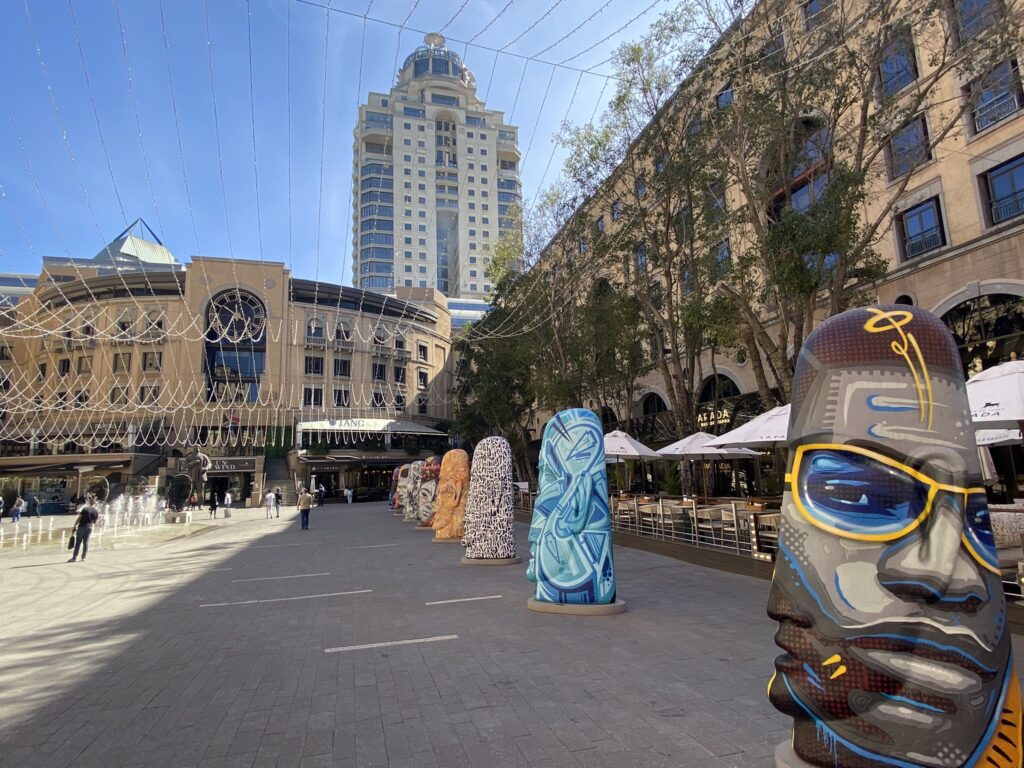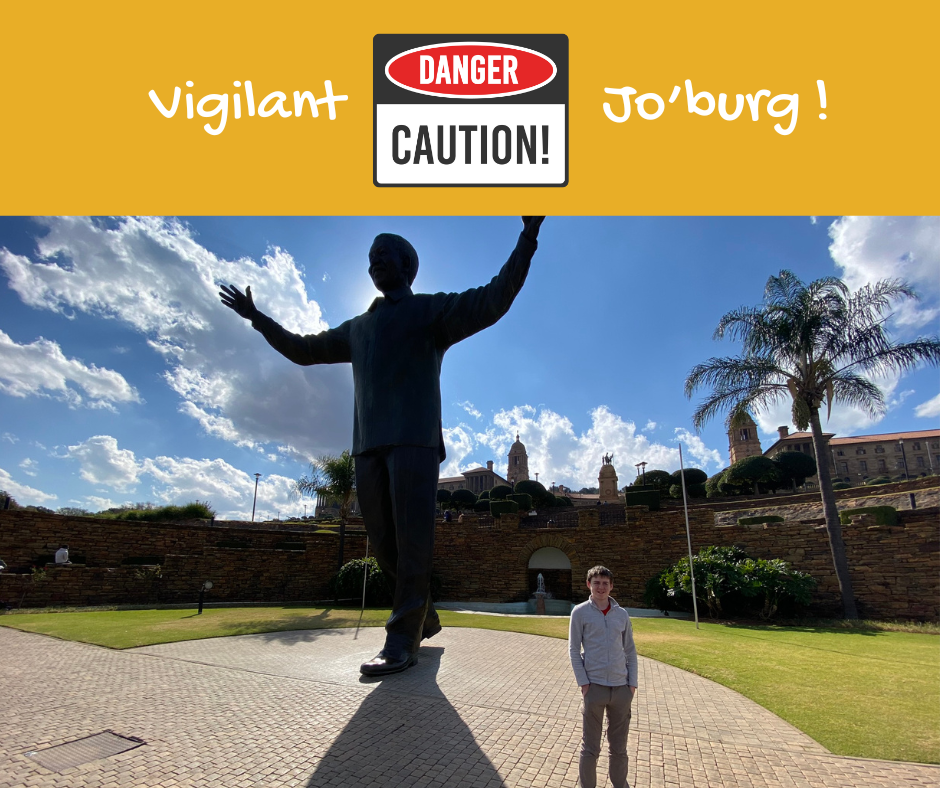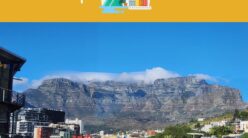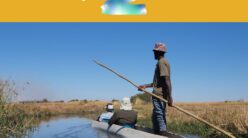We travelled to Johannesburg with our 13-year-old Kidsetter. Admittedly we only were there as it’s a hub for international and domestic travel. We are fortunate to have family friend in ‘Joburg’ which increases the safety aspect for us. Otherwise I would strongly advise not to travel with Kidsetters to this destination. It is rife with gangs, kidnapping and armed robbery.
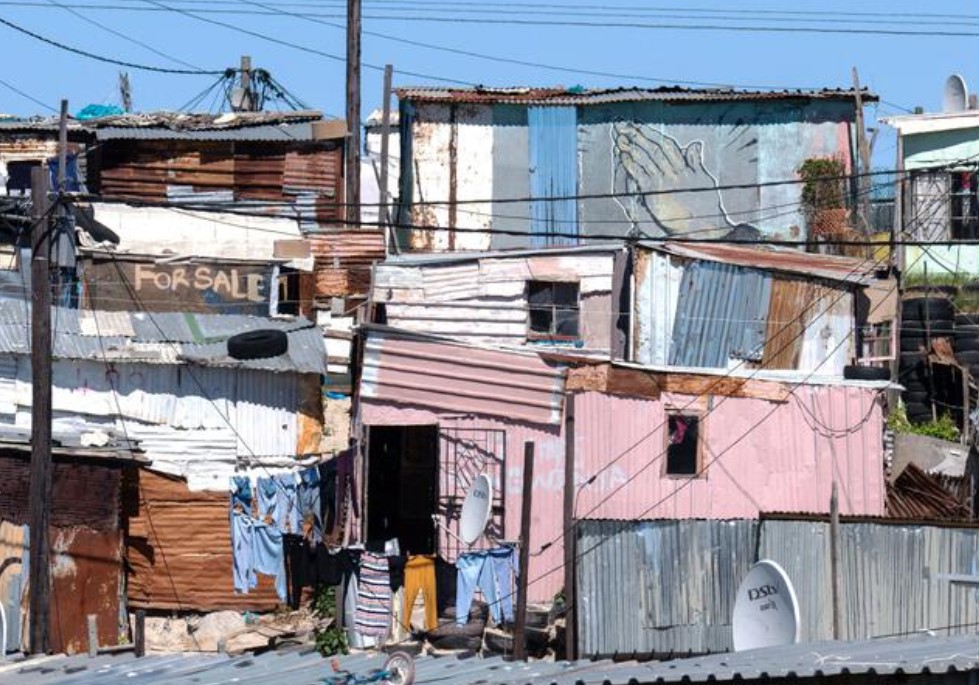
Our family friend collected us from our hotel and took us on a lovely day trip. We visited Irene Farm in Centurion. A picturesque gem that is nestled between sprawling cities of Pretoria and Johannesburg, a visit to this old-style, storybook, working farm in the city was idyllic.
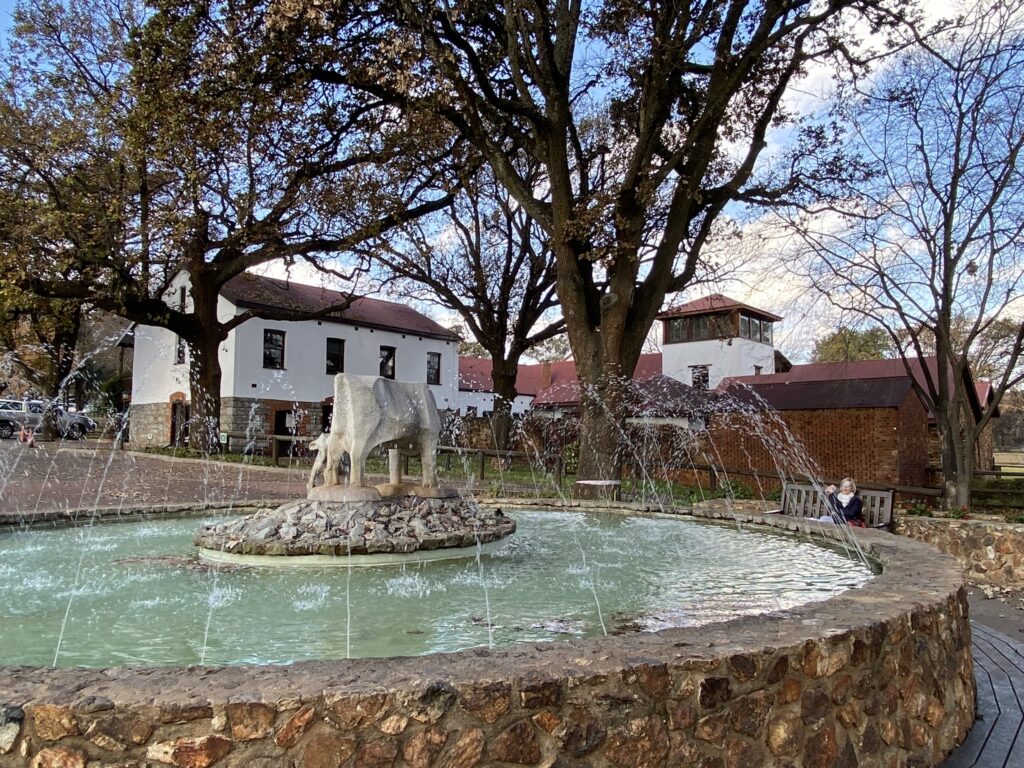
On-site restaurants, a fully stocked farm shop, walking trails and our Kidsetter enjoyed having the opportunity to get up close and personal with the herd.
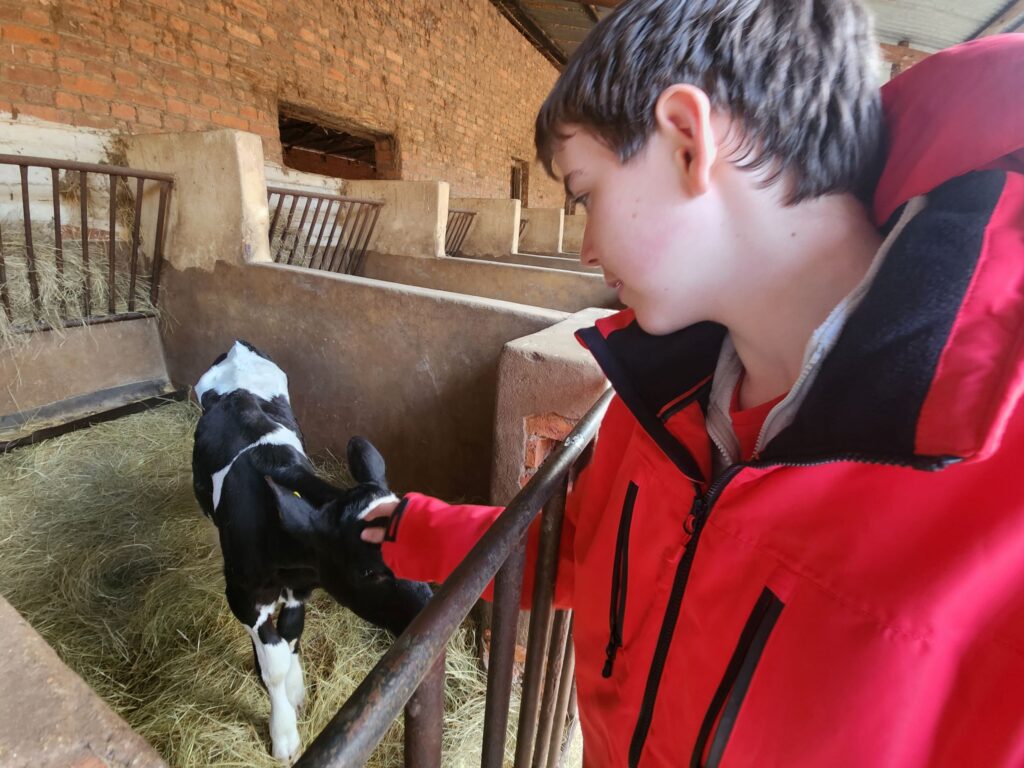
Our Kidsetter pretended to be an avid farmer mucking around on the tractors scattered throughout the property.
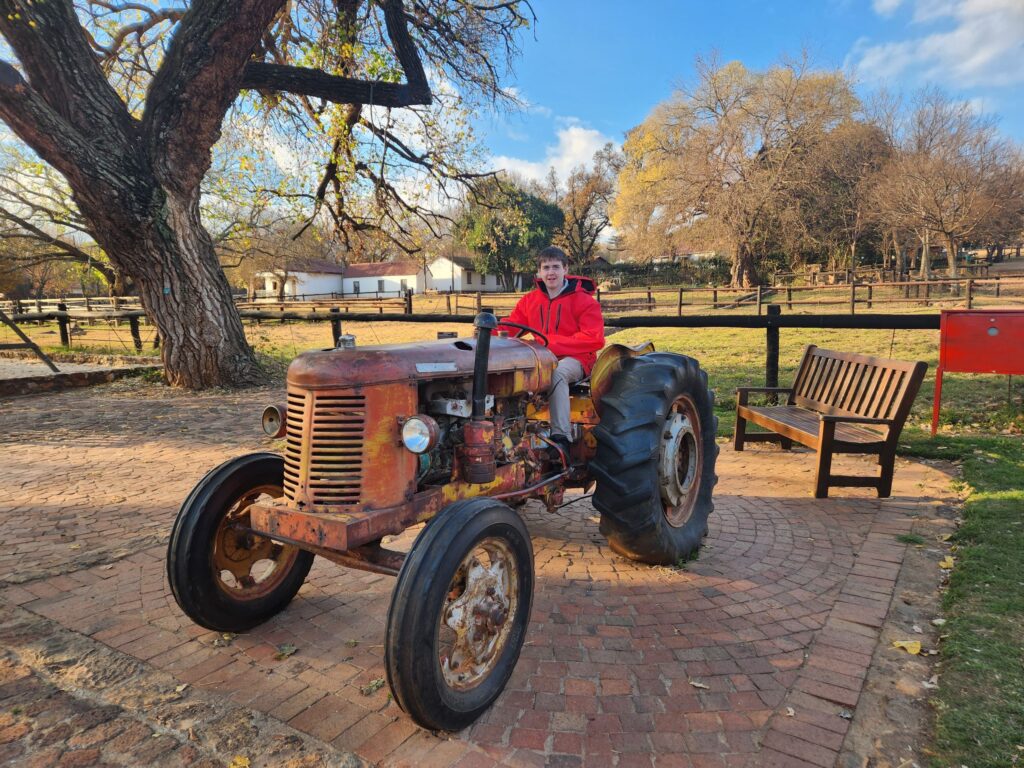
We enjoyed a delicious lunch on The Deck with fresh produce. Retaining a light, bistro vibe they serve a wide range of breakfast and lunch options.
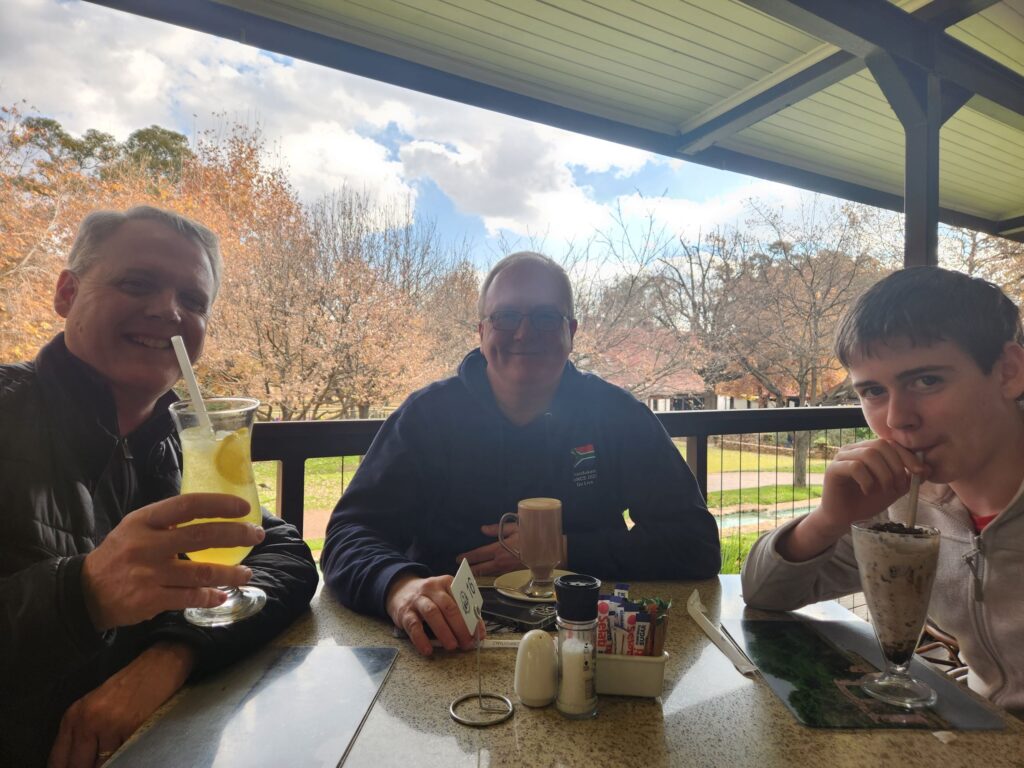
Next, we travelled on to the capital of South Africa, Pretoria. We visited the Union Buildings. Like an ancient temple adorning over the city it governs, the Union Buildings are a modern day acropolis built at the highest point of South Africa’s capital city, Pretoria, it forms the official seat of South Africa’s government and houses The Presidency.
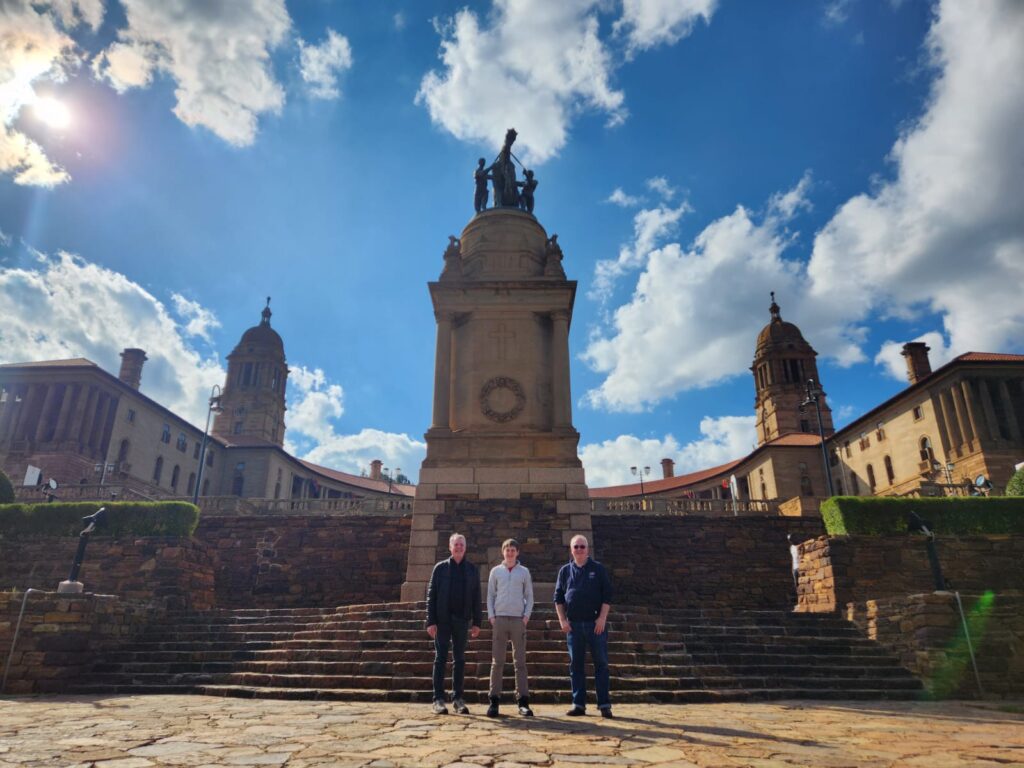
Designed by Sir Herbert Baker in 1910 and completed in 1913. This stately landmark was designed to symbolise the unity of a divided people (notably the English and Afrikaners) in the establishment of the Union government and later the Republic of South Africa under Apartheid rule.
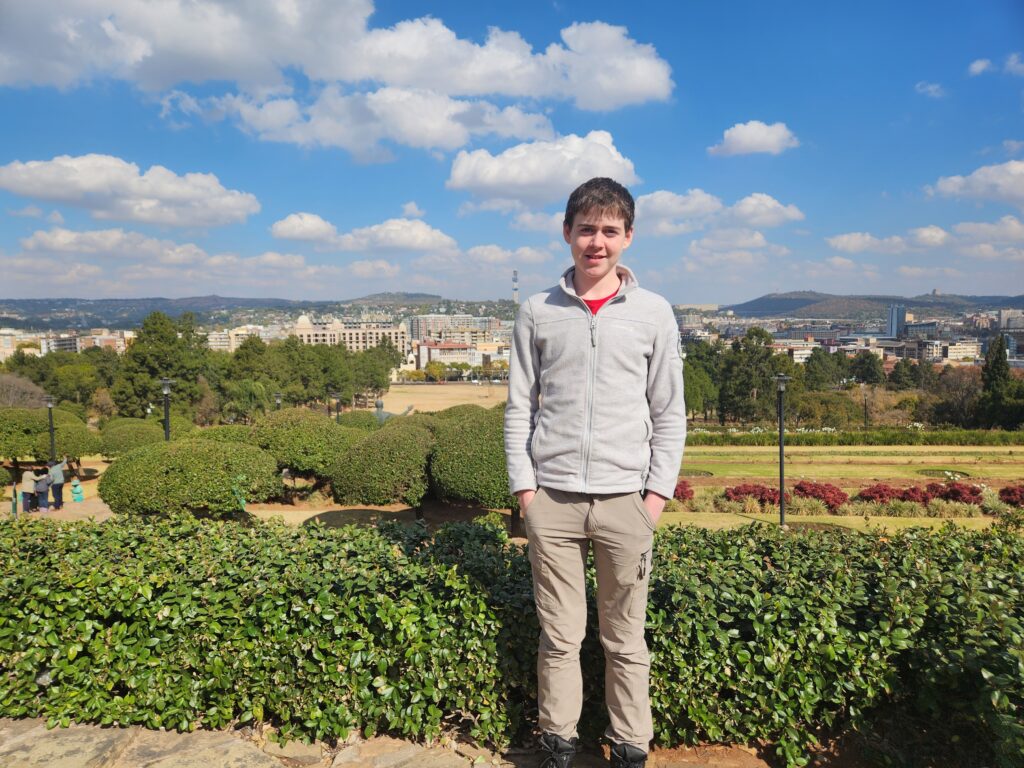
Nelson Mandela was inaugurated as South Africa’s first democratically elected president in 1994 at the Union Builidings, and heralded the beginning of a new era in South Africa’s history.

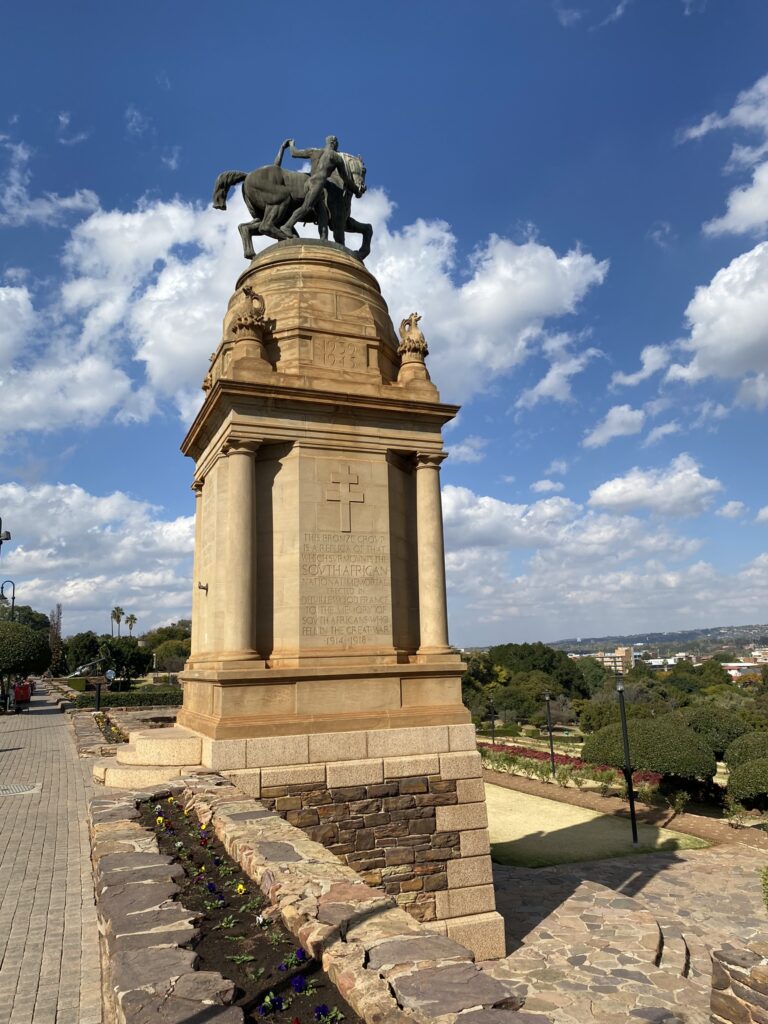
Nearby is a Khoisan protest. The Kohisan people have set up camp for 3 years now protesting to be recognised as the first nation of the country and rightful owners of the land. The group is demanding that the term “coloured” be removed from all official government papers and be replaced with “Khoisan”. They also demanded that the Kwadi-Khoe be listed as an official language of South Africa and for the Khoisan to be given land and resources to continue their cultures and traditions.
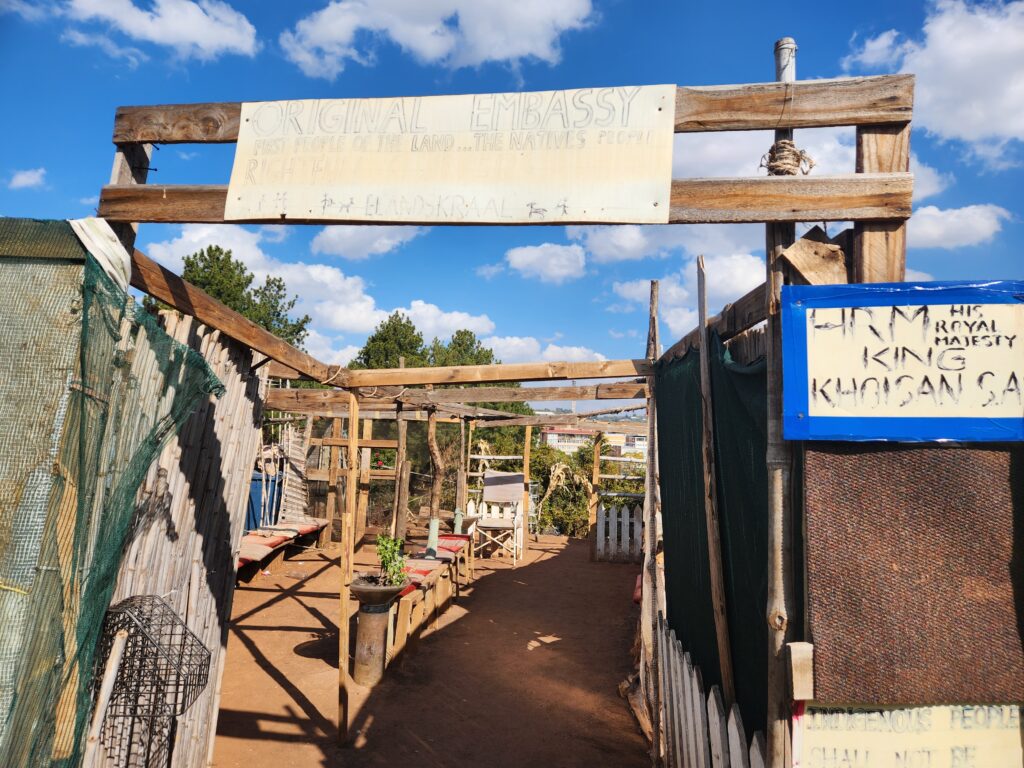
Khoisan or Khoe-San is a catch-all term for the indigenous peoples of Southern Africa who traditionally speak non-Bantu languages combining the Khoekhoen (formerly “Hottentots”) and the San peoples (also called “Bushmen”).

Khoisan populations traditionally speak click languages and are considered to be the historical communities throughout Southern Africa, remaining predominant until European colonisation.
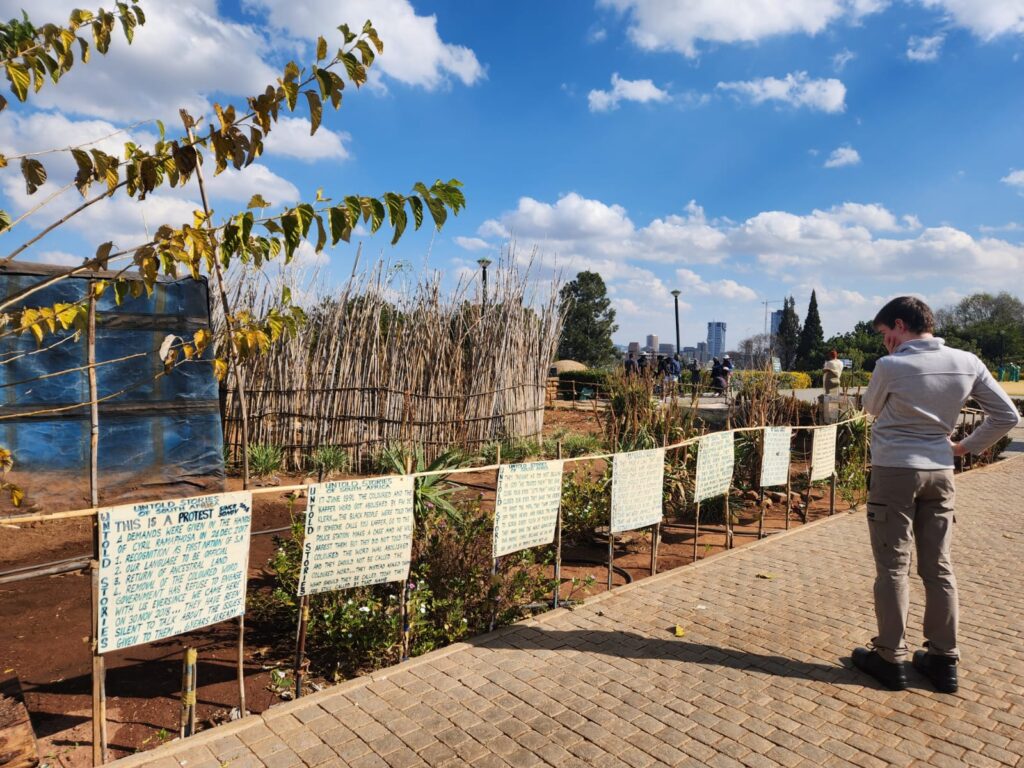
After a whirlwind day in Johannesburg it was time to travel on to our next African destination.
